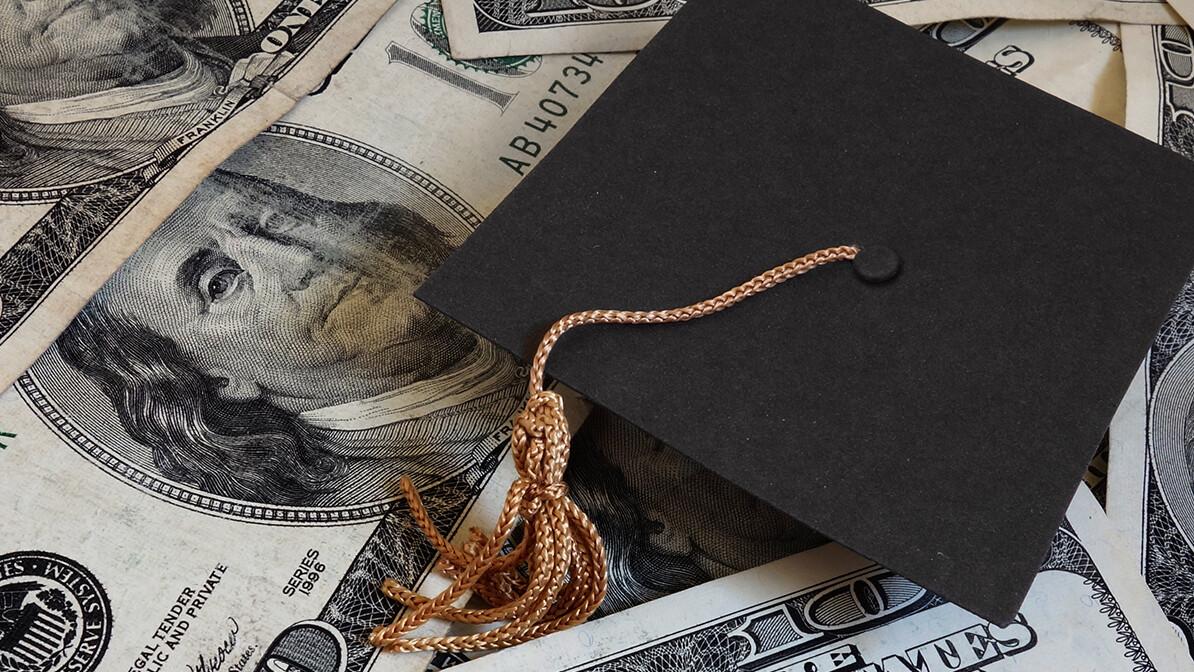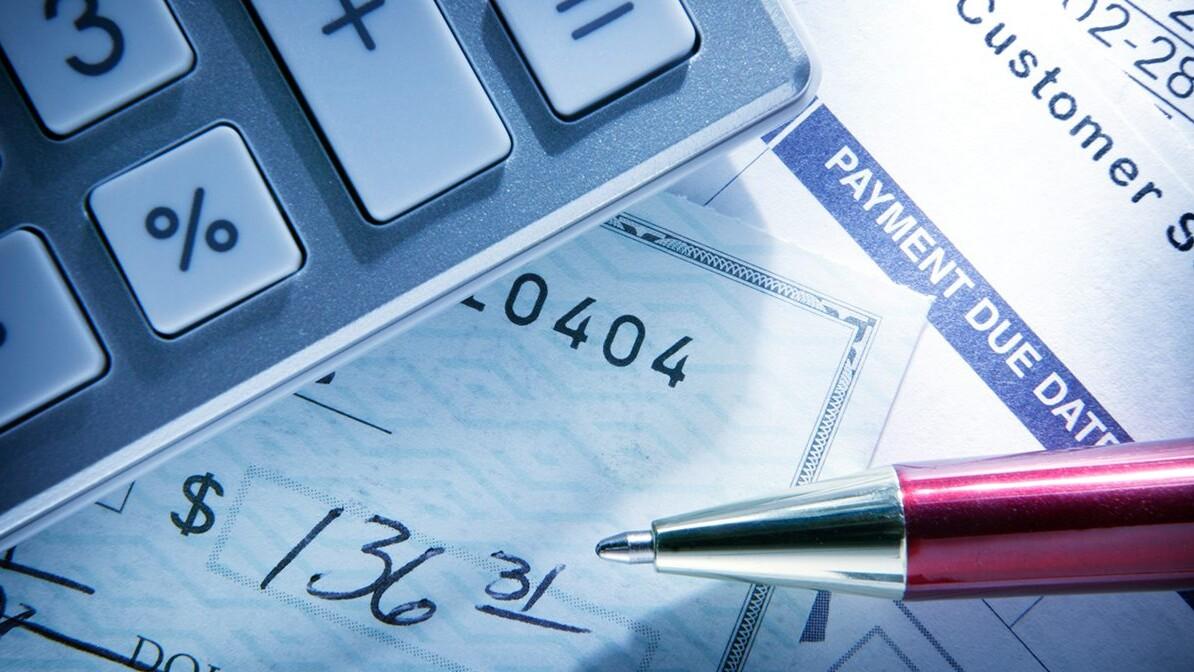Related Articles
11 Biblical Keys to Mastering Your Money with Faith and Wisdom
Discover 11 biblical money principles to manage your finances with wisdom, peace, and…
Keys to Double-Portion Faith
If you’ve been longing for breakthrough, it’s time to discover the keys to double-portion faith.…
God’s Blessings in a Time of Famine
What does it mean to experience God’s blessings in a time of famine? The Bible shows us that even…
Your Path from Famine to Abundance
Biblical prosperity and unshakable faith for uncertain times In today’s world of chaos, inflation,…
Next Steps To Strengthen Your Walk
Inspiration Today Newsletter
Supercharge your faith and ignite your spirit. Find hope in God’s word. Receive your Inspiration Today newsletter now!
Christian Articles
Find articles to strengthen your walk and grow your faith. We have a wide range of topics and authors for you.
Submit A Prayer Request
We are here for you. Simply click on the button below to reach us by form, email or phone. Together we will lift our hearts and voices with you in prayer.






